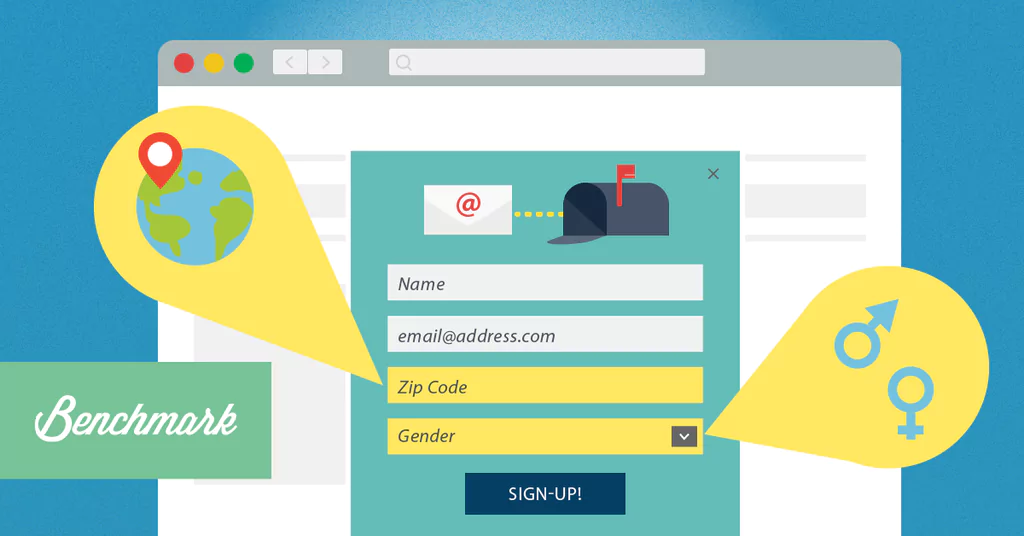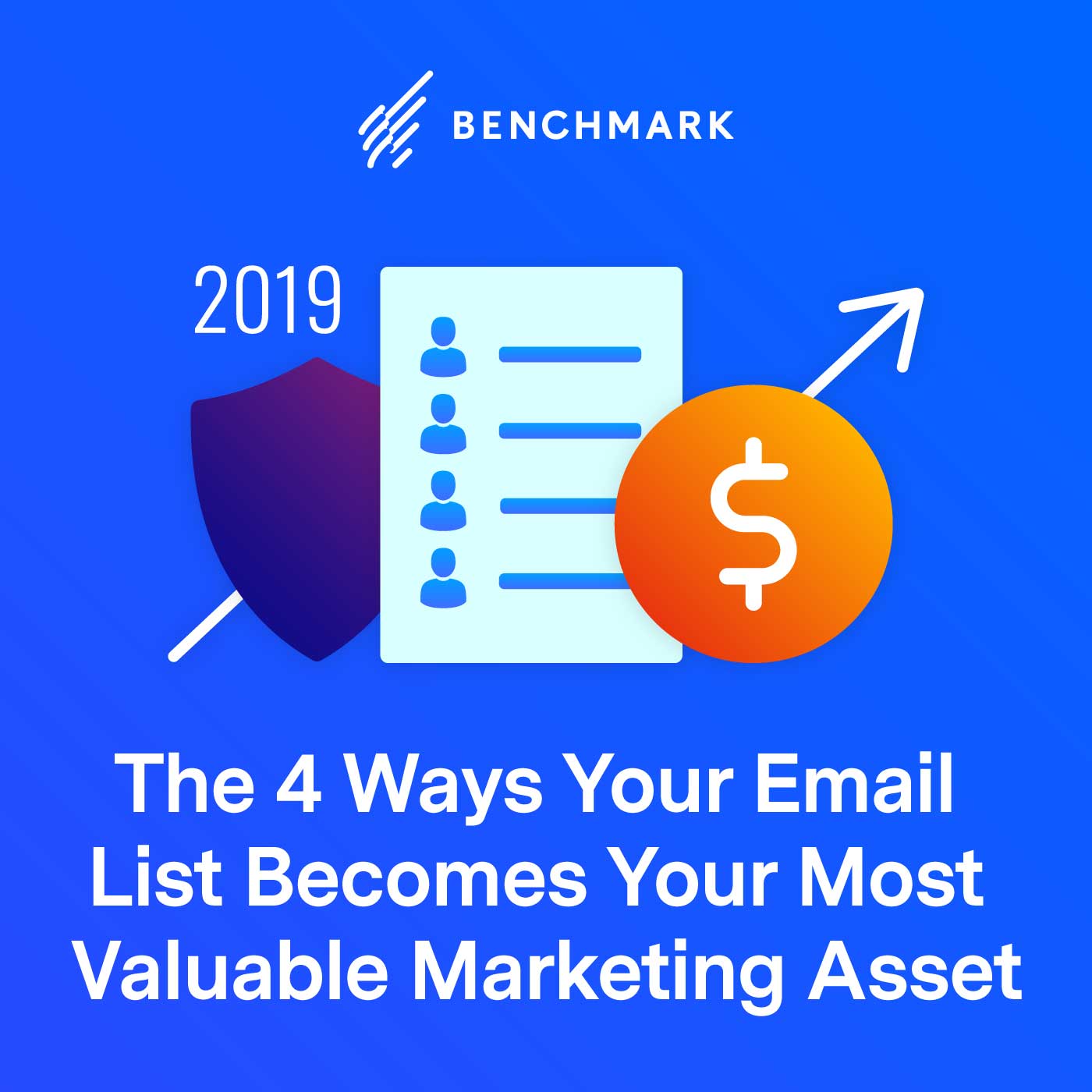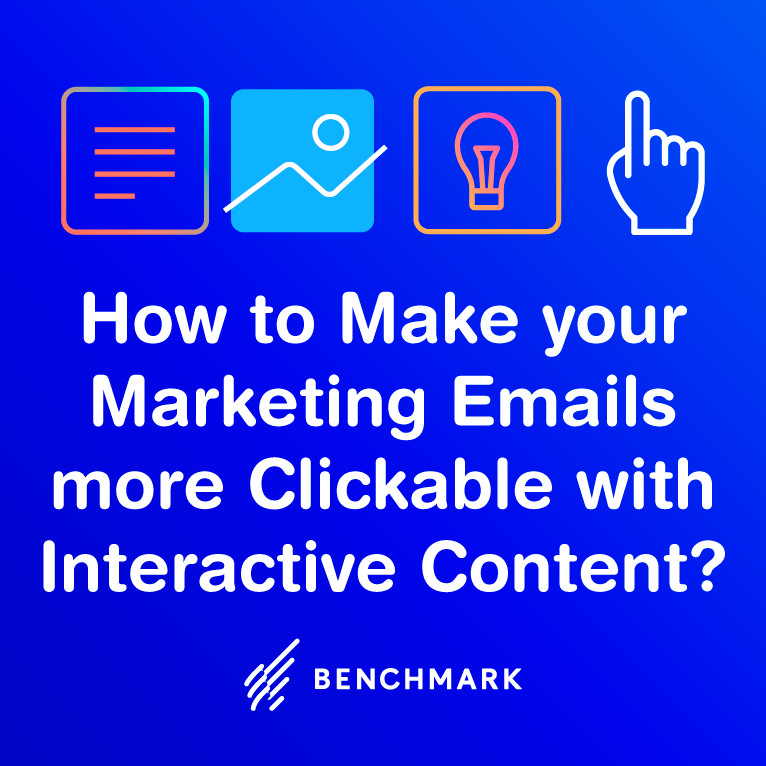Ever thought about deleting your entire email list? No?
Well, that’s exactly what pub chain JD Wetherspoon did in response to a data breach in relation to one of their email campaigns. As an email marketer you’re probably frightened at the thought of deliberately deleting your entire list, but at the same time, massive penalties for breaching email marketing laws are just as terrifying. While most of us won’t be deleting our lists anytime soon, we do have to educate ourselves about best email marketing practices – or face the consequences.
By taking action now, you’ll dramatically reduce the risk that when tough data laws are passed, you’re streets ahead of the unprepared marketer. Not only does a clean list ensure that your data is compliant with strict data laws in the US and abroad, but it ensures that your message is reaching the people who are interested in hearing it.
1. Build Trust From the Get-Go
Before you even start on the fancy list-cleanliness side of email marketing, you’ve got to make sure your fundamental email marketing building blocks are solid.
It might seem like a basic thing, but you need to have a professional email address to send your emails from. Afterall 75% of customer believe that building trust starts with this basic building block “…a professional email address is the first step to prove you’re not a scam,” writes Jeremy Marsan, a business analyst from Fit Small Business. By establishing trust, you’ll be able to get and keep, the much coveted opted-in subscriber.
If you want to avoid breaking laws such as GDPR, you have to make sure you’ve got the permission from your subscribers that they want to be subscribed to your list. This means ensuring that you’re subscribers have ticked an opt-in box that states they want to receive your emails. Double opt-ins are the best way to go for this. By having this in place, are you not only on the right side of the law, but you gain the trust of those on your list because they know you won’t be sending them unrelated emails, or selling their information on.
2. Integrate Your Apps
Many businesses are using more than just an email marketing app, like Benchmark, to run their business. Your sales team probably has a CRM, marketing has another marketing automation tool, and customer care has a ticketing app.
All of these apps contain prospect and customer data. But how can your email marketing list be up to date (and compliant) if say for example a customer emails customer care to unsubscribe, and customer care logs this but the data stays in their app? You could manually import/export this data, but that’s loads of manual work, and your lists are never really up to date.
This is one reason to integrate your existing cloud business apps using a third-party platform such as PieSync, so that customer and prospect data are up to date and consistent across all business apps that you’re using.
3. Remove Duplicates
Duplicates are truly a blight on any customer database. They deflate your email open rate and skew lead conversion metrics.
Now, with new strict laws you need to be able to keep track of every record of your customers, but if you have “Robert Brown” in your email marketing registered as “Bobby Brown” in your CRM, you’re dealing with duplicate data, that’s difficult to detect.
The best course of action is to dedupe your customer database. After you’ve finished integrating your apps together, it’s a good idea to take advantage of native deduping software. Most CRMs can detect duplicates, and Benchmark Email also has this feature.
4. Keep Data Fresh
The days of keeping your legacy customer database to use for reactivation marketing campaigns forever and ever are over.
Spring clean your customer database and remove old contacts. This will improve email deliverability, open rates, and reduce spam complaints.
There are four types of customer emails you should prune from your email marketing list so that’ll it will stay healthy: confirmed bounces, soft bounces, hard bounces and contacts who have stopped opening your emails.
Luckily Benchmark email has features in place that can help you easily cut these contacts out, so you can work with a clean email list.
5. Email List Verification
You can use a service, such as Kickbox or BriteVerify, to send your list through list verification. While there may be an initial cost to doing this, you’ll save in the long run. It will help you to reduce bounce rates and remove bad email addresses. It may also help you stay on a list plan longer without having to upgrade to the next level … even while your list grows!











